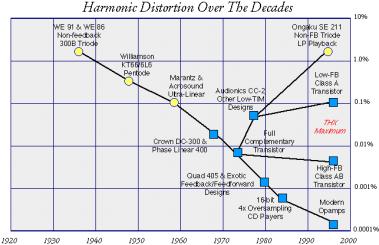Well, the first thing I'd like to see is a study design, perhaps using a passive preamp, comparing 3' and 30' lengths of the same cable where there is a measurable difference between the two in the audio range (where it should be detected). Since I haven't even read about that, I'm unwilling to speculate yet about what would be nice after that demonstration.
I agree this should yield a measurable difference that is also audible. The key being audible and measurable. But that's a pretty specific and non-typical case, coupling a passive volume control with 30 feet of wire. I think a more common arrangement is a competent preamp driving about 6 feet of wire.
--Ethan









